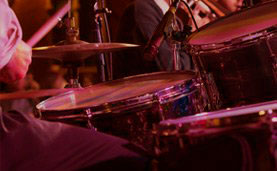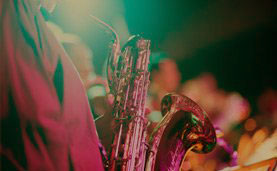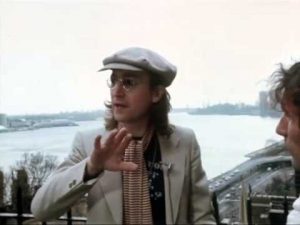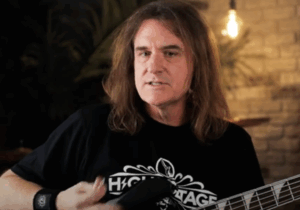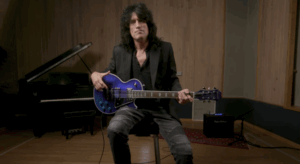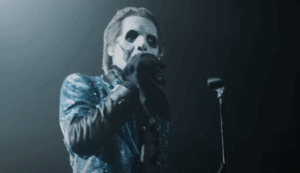70s Songs That Initially Flopped but Later Became Timeless Classics
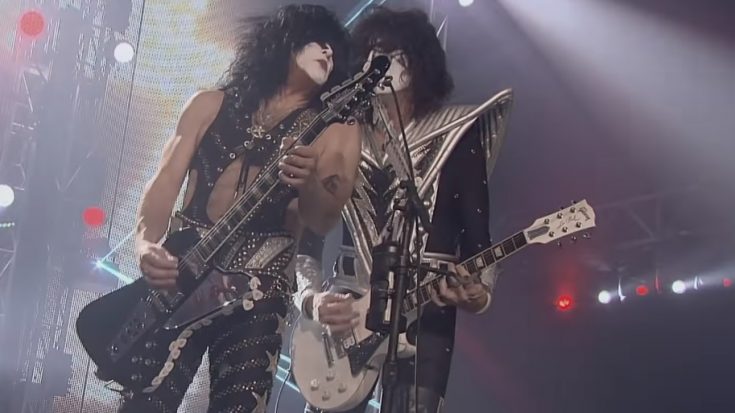
KISS live in 2014 - KISS / YouTube
Some of the most beloved songs from the 1970s weren’t instant chart-toppers. In fact, a surprising number of them were initially ignored, under-promoted, or simply misunderstood. Yet, time has a funny way of revealing true brilliance. Long after their release, these overlooked tracks slowly gained momentum—through word of mouth, live performances, and the loyalty of devoted fans—until they eventually became staples of classic rock radio and essential entries in music history.
Record labels and radio programmers often missed the mark, overlooking songs that didn’t fit the mold of what was expected to sell. But audiences had other ideas. Fans embraced these tunes, shared them, and kept them alive, proving that genuine connection often matters more than marketing. Before long, what was once dismissed became the very song that defined a band’s legacy or revived an artist’s career.
These rediscovered gems remind us that popularity doesn’t always arrive on schedule. Sometimes, it takes years—and generations—to appreciate a song’s depth or the mood it captures. Whether it’s a love song that finally found its audience or a carefree anthem that perfectly fit the spirit of later decades, these 1970s tracks prove that lasting art always finds its way back into the spotlight.
“I Want You To Want Me” – Cheap Trick, In Color
The mid-1970s were an era of musical evolution, blending rock excess, disco rhythms, and punk’s raw energy. In the midst of that ever-shifting landscape, Cheap Trick emerged from Rockford, Illinois, as a band with a sound that straddled power pop and hard rock. Despite their undeniable talent and electric stage presence, the group initially struggled to connect with a broad U.S. audience, even as they built a cult following overseas—most notably in Japan.
After signing with Epic Records in 1976, Cheap Trick released several albums that showcased their potential but didn’t break through commercially. Their single “I Want You To Want Me,” featured on their 1977 album In Color, flopped upon release, failing to chart in the United States. Ironically, the song’s catchy hooks and clean production—designed for mass appeal—worked against it, as fans preferred the band’s grittier live energy.
Everything changed with the release of At Budokan in 1979. The live album captured the intensity of their performances and the frenzy of their Japanese fans, transforming “I Want You To Want Me” from a forgotten single into a worldwide hit. The live version soared into the Billboard Top 10 and became a defining anthem of Cheap Trick’s career—proof that sometimes, a song just needs the right stage to shine.
“Maggie May” – Rod Stewart, Every Picture Tells a Story
Rod Stewart’s raspy voice and rock ’n’ roll swagger helped him dominate the 1970s, but his career could have taken a very different path if not for a lucky break. When “Maggie May” first appeared in 1971, it wasn’t even the focus of its release. Instead, it was buried as the B-side to “Reason to Believe,” a gentle ballad that record executives thought had more commercial promise.
But radio DJs had other ideas. As listeners began calling in to request “that other song,” “Maggie May” began to gain airplay purely through public demand. Its mix of vulnerability and rebellion—capturing the bittersweet story of a young man involved with an older woman—struck a chord with audiences worldwide. Within months, the supposed B-side became a massive hit.
By the end of 1971, “Maggie May” had reached No. 1 in both the U.S. and the U.K., catapulting Stewart into superstardom. The song helped his album Every Picture Tells a Story top the charts and defined his early solo sound. Decades later, it remains a classic example of how fans—not labels—ultimately decide what endures.
“Rock and Roll All Nite” – KISS, Dressed to Kill
Before KISS became rock icons with their explosive live shows and larger-than-life personas, they were a struggling band trying to find their audience. Their early albums sold modestly, and critics dismissed them as a gimmick. When “Rock and Roll All Nite” was first released as a single in 1975, it barely made a ripple, peaking at No. 68 on the Billboard Hot 100.
The problem wasn’t the song—it was the context. On record, KISS’s anthemic party track lacked the adrenaline and spectacle that defined their concerts. But when the band released Alive! later that same year, everything changed. The live recording captured the raw excitement that their studio tracks couldn’t convey, and suddenly, the world understood what KISS was all about.
The live version of “Rock and Roll All Nite” was reissued in 1976, reaching No. 12 on the Billboard charts and becoming the band’s first major hit. Since then, it has been a permanent fixture of their shows and one of the most recognizable songs in rock history. What began as a commercial failure became a defining anthem for generations of rock fans.
“Maybe I’m Amazed” – Paul McCartney, McCartney
When The Beatles broke up in 1970, Paul McCartney found himself under intense public scrutiny. His first solo album, McCartney, recorded mostly at home during a period of personal turmoil, was met with mixed reviews. Critics accused him of being unfocused and directionless—hardly the praise one would expect for a former Beatle. Yet within the album lay a song that would later rise above the noise: “Maybe I’m Amazed.”
Written as a heartfelt tribute to his wife Linda, who supported him through the band’s breakup, the song was raw, emotional, and musically powerful. Despite its beauty, it wasn’t released as a single, leaving it largely hidden from mainstream attention. Fans who listened closely, however, knew they were hearing something special—a genuine outpouring from one of rock’s greatest songwriters.
Years later, the live version from Wings Over America gave “Maybe I’m Amazed” its long-overdue spotlight. Released as a single in 1977, it climbed into the Billboard Top 10 and reaffirmed McCartney’s place as a solo artist with his own creative identity. What began as a deep cut became one of his most cherished songs—proof that great art doesn’t always need instant validation.
“Layla” – Derek and the Dominos, Layla and Other Assorted Love Songs
When “Layla” first appeared in 1971, few could have predicted it would become one of the most celebrated songs in rock history. Eric Clapton’s passion-filled masterpiece, inspired by his unrequited love for Pattie Boyd—then married to his friend George Harrison—was both intensely personal and musically daring. Yet despite its emotional power and legendary guitar riff, the single initially failed to make an impact.
The song’s complexity may have been its downfall. Radio stations were hesitant to play a track that ran over seven minutes, and the truncated single version didn’t quite capture the full drama of the original. While it missed the top 50 on its first release in the U.S. and didn’t chart at all in the U.K., it slowly found its way into the hearts of listeners through word of mouth and jukeboxes.
When “Layla” was reissued in 1972 in its full-length glory, it finally received the recognition it deserved. The song climbed to No. 10 in the U.S. and became a defining moment in Clapton’s career. Today, it’s hard to imagine rock history without it—a once-overlooked track that grew into a timeless declaration of love and longing.


